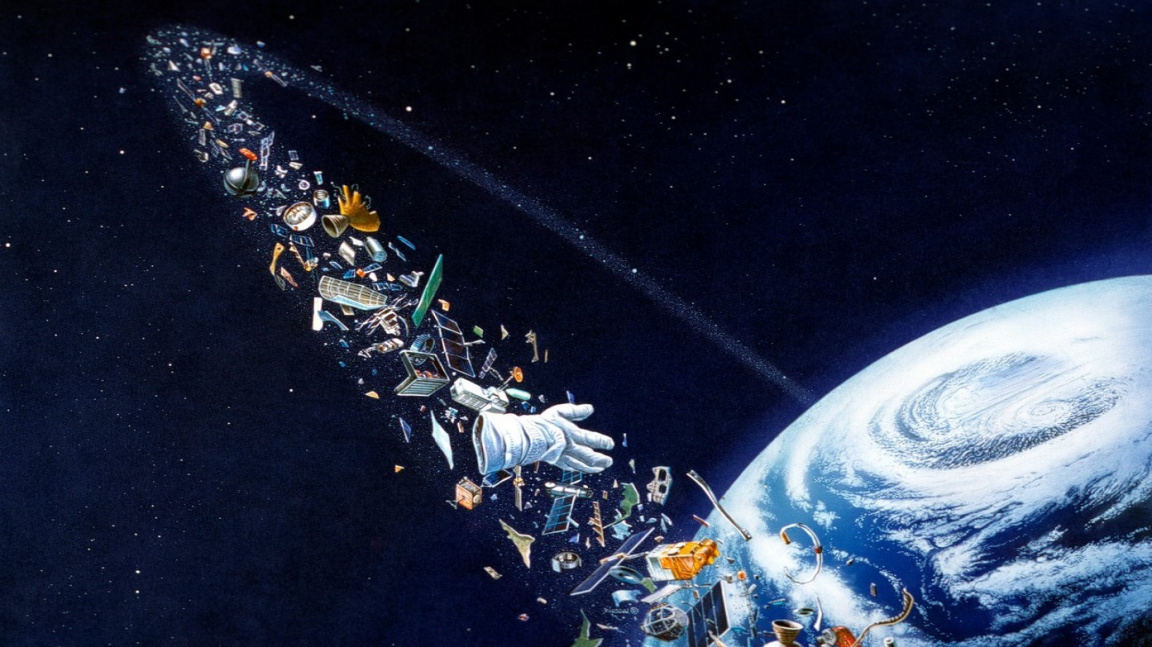Mankind has disrupted the orbit. The ‘clean shot’ of the ISS arm is a warning exclamation mark
Orbit becomes a dangerous place.
On Earth, we collect, sort, recycle, incinerate garbage… But we do not clean up one after another in space. The Earth’s orbit is thus transformed into one large dump.
This reality was reminded by a piece of space debris that damaged the Canadarm2 robotic arm on the ISS space station. The crew noticed damage in May during a routine inspection of a robotic system developed by the Canadian Space Agency to help handle items outside the station.
Part of the “lined” robotic arm Canadarm2 on the ISS station. | source:
NASA
As can be seen from the picture, a “clear shot” appeared on the shoulder. Fortunately, the device is still able to function without restriction.
Dangerous garbage
Today, the European Space Agency (ESA) estimates that 27,000 objects larger than a tennis ball (including satellites) and up to 130 million objects smaller than one centimeter are in orbit.
These objects need to be tracked and the trajectory of the station or spaceship adjusted. Orbital velocities in kilometers per second (relative to the planet’s surface) mean that a centimeter piece of metal can cause enormous damage to a ship in orbit.
The ISS itself avoided garbage a total of three times. At the same time, there are fears that a major collision could lead to a cascading effect in the future, which will close our doors to outer space.
A single large collision can lead to the formation of large amounts of debris that will continue to spread in orbit. And as they collide with other satellites, new debris will form, which will collide with other satellites…
This is called Kessler’s syndrome and could one day cause the rocket’s orbit not to fly, or to fly, but only at considerable risk. The phenomenon is described in the film Gravity, and space engineers have been feared for such a scenario for four decades.
The cleaners are on their way
“In order to continue to use scientific knowledge, technology and data from space, it is essential not to create space debris,” said ESA expert Tim Florer. “It is necessary for further use of space.”
And if Kessler’s syndrome ever occurred? It would be a difficult situation, but not the end of the space program forever.
In low orbit, the debris would burn over time. We could avoid them on higher tracks. However, pressurized missiles and light satellites are sensitive to collisions with small projectiles. Kessler’s syndrome could thus wipe out decades of space exploration.
Although this time the collision of the ISS station with an unknown fragment turned out well, it was a warning for the future. But maybe it’s starting to flash in a cleaner orbit.
Last year, the European Space Agency announced a contract to remove fragments of selected debris of larger dimensions. A space cleaner hired by her is due to leave in 2025. A cleaning satellite from the Japanese company Astroscale is to be rented two years earlier.
– .


